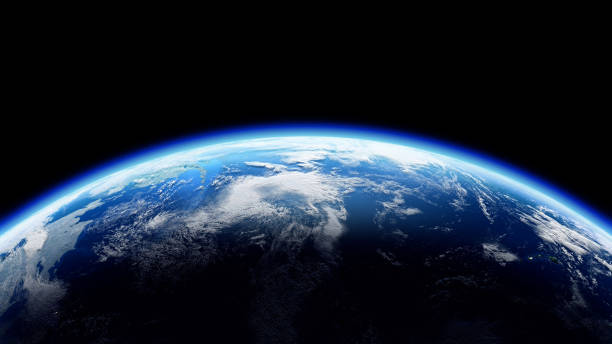Clima
The global climate of Earth includes long-term patterns of temperature, humidity, wind, and precipitation that vary by region, influenced by greenhouse gases like CO2 and CH4, leading to global warming and extreme weather events. Current climate data can be accessed from resources like NOAA and NASA, providing vital information on temperature, humidity, and greenhouse gas levels. Utilizing APIs, developers can retrieve and display this data to understand climate dynamics and address climate change challenges effectively.






